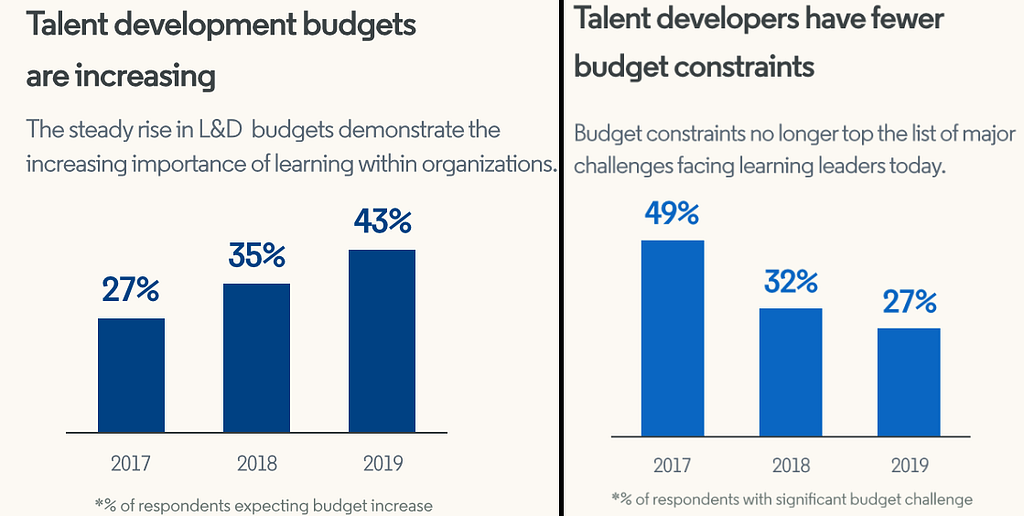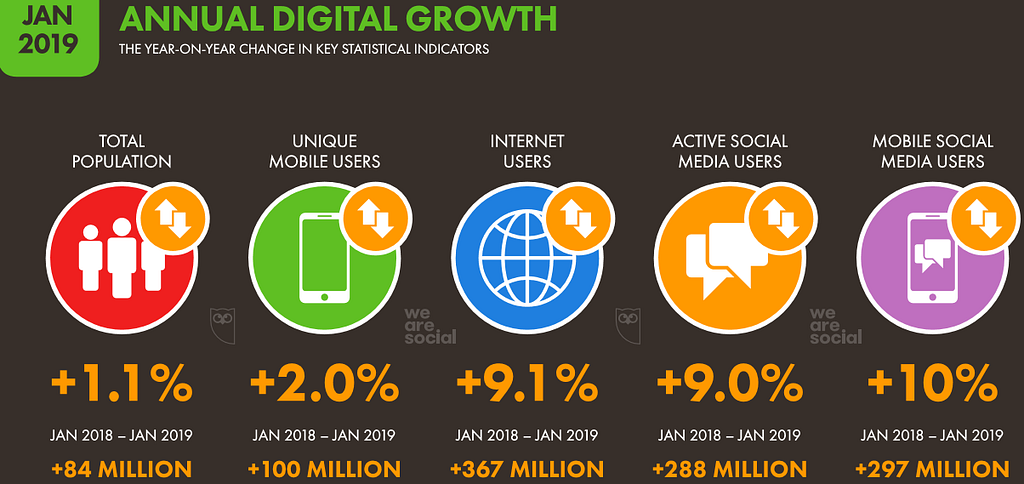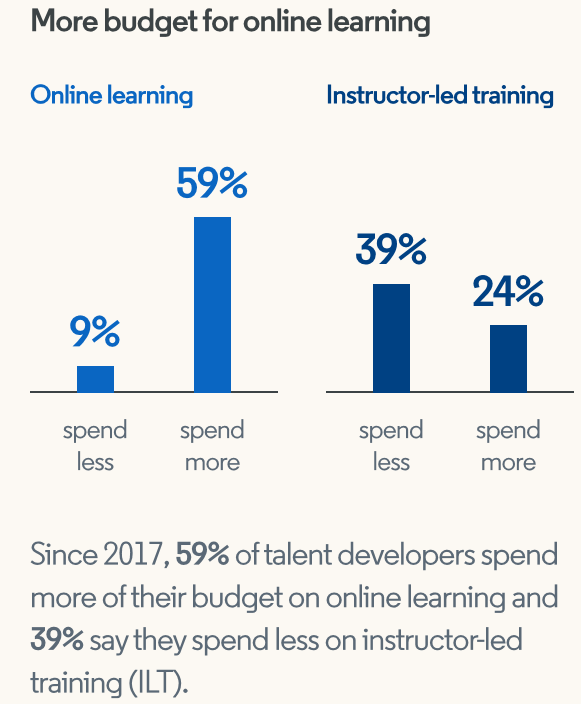Latest news about Bitcoin and all cryptocurrencies. Your daily crypto news habit.

Introduction
What is learning and development (L&D) today as opposed to what it’s been like in the recent past? What is the new face of L&D, and how is it influencing learning today? Is agile for Learning and development the new wave of the future?
These are some of the questions that today’s workforce, educators, trainers, human resource departments, L&D departments, and executives are asking themselves.
L&D departments across the world have less and less choice in whether they should become agile or not. They are either being strong-armed into it, or they are naturally adapting to becoming agile because of the rapidly changing world that we co-exist in.
This world is powered by constantly evolving and improving technology, industry, communication, markets, employees, workforces, skill acquisition preferences, and so on. In today’s world, businesses and their L&D teams are fully aware that they must adapt and become more agile or become extinct.
The above idea is supported by the fact that there has been a steady rise in L&D budgets, and budget constraints are no longer a top priority challenge for learning leaders today. Additionally, the 2019 LinkedIn Workplace Learning Report confirms that 82% of L&D pros state that executives actively support employee engagement in professional learning.
Figure 1: L&D budgets are steadily increasing
The question is, how are these budgets being used in L&D? The answer is, by becoming more agile. Below are the different ways L&D is becoming more agile.
1. Mobile learning
Literally, almost every working person today has a mobile device. Hootsuite’s Digital 2019 — Global Digital Overview report tells us that there are 5.112 billion unique mobile users today. This does not even count the different devices some individuals have including one or two smartphones, tablet, laptop, smart TV, AR/VR devices, and so on. The point is, employees, are bringing their devices to the office and employers are embracing this behavior by adopting BYOD (Bring Your Own Device) policies and strategies.
In turn, L&D departments are taking advantage of the BYOD phenomena by bringing on-demand learning to their employees 24–7–365 through optimized platforms to distribute, evaluate, and analyze the learning content that they offer. In short, L&D is adapting to the needs and behavior of today’s mobile users.
2. Social learning/peer to peer learning
As unique mobile users increase across the globe, so is the number of active social media users and mobile social media users.
Figure 2: The tremendous growth of social media users
Of course, not all social media interactions are used for positive reasons. That said, there is a rising number of people, especially professionals, that are turning to each other for learning opportunity. In 2016, the Harvard Business Review stated that in the U.S. $70 billion was explicitly spent on peer-to-peer learning platforms. These platforms were used for real-time messaging, video chat, as well as sharing notes and comments.
Instead of spending more on comprehensive workshops or instructor-led training programs, L&D departments are spending more on agile peer-to-peer learning platforms to embrace the agile learning culture.
Figure 3: L&D is spending less on instructor-led training
Employees today love this format for their L&D because they can:
- Zero-in on precisely what they want to learn with a greater focus on accomplishing tasks as opposed to extensive workshops about broad topics
- The learner can choose the best format that suits them wherever they may be either at their desk or on the go. For example, they could choose a podcast or message while on the go and a presentation or face-to-face call when they are at their desk.
- Absorb information in bite-sized chunks of information if they choose to
- Learning in this way is a lot cheaper for both the learner and the teacher
3. AI and automated systems
The growth and accessibility of AI and automation for both employers and employees has definitely affected how agile has influenced learning. For example, learning and management systems are used to predict what employees or learners want to learn, and when they want to learn. These insights are not only shared on one device but across devices so that the learner can put down one device and pick where they left off on another device instantaneously. For example, an employee can shut down their computers at the office and continue what they were learning on their smartphone while on transit to their home.
Additionally, the AI and automated systems can be customized and personalized to make them more relevant and agile for the learner.
4. The need for continuous improvement
Organizations, trainers and learners have a constant need to upskill to remain relevant because of the continuous growth in technological advancements. As such, to remain competitive, upskilling needs to be done most efficiently and effectively. Instead of spending huge budgets on hiring skilled staff, extensive training programs and other costly resources, L&D is spending more on agile training. This usually means internal continuous learning programs or problem-oriented learning.
Wrap up
Organizations, and specifically L&D departments and employees continue to embrace the agile culture more than ever before. The need to change is not just necessitated by practical reasons like cost, competition, efficiency, and effectiveness/productivity but also by other reasons like comfort, convenience, and flexibility. As such, understanding agile and other methodologies that can boost productivity, personal growth and profits are crucial in today’s world. If you want to study more about Scrum and Agile methods, including how they can help you and your organization, then you should certainly consider a Certified ScrumMaster Training.
How Learning and Development Are Becoming More Agile was originally published in Hacker Noon on Medium, where people are continuing the conversation by highlighting and responding to this story.
Disclaimer
The views and opinions expressed in this article are solely those of the authors and do not reflect the views of Bitcoin Insider. Every investment and trading move involves risk - this is especially true for cryptocurrencies given their volatility. We strongly advise our readers to conduct their own research when making a decision.


